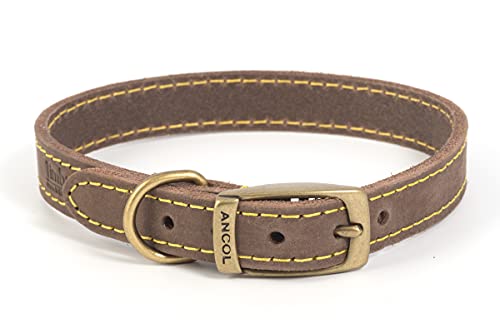What are the risks of using dog collars?
Dog collars are commonly used to keep our furry friends safe and under control. However, many people may not realize that there are potential risks associated with using dog collars. One major concern is the risk of neck injuries that can be caused by collars.
How can a collar lead to a neck injury?
If a collar is too tight or worn for extended periods of time, it can put pressure on a dog’s neck and cause damage to the soft tissue and nerves in the area. Additionally, if a dog pulls or jerks on the collar while on a leash, this can cause even more strain on the neck and lead to injury.
What are the signs of a neck injury in dogs?
If your dog is experiencing a neck injury, you may notice symptoms such as pain or sensitivity when touching the neck area, limping, difficulty moving the head, and reluctance to move or exercise. If you suspect your dog may have a neck injury, it is important to bring them to a veterinarian for proper diagnosis and treatment.
What are the alternatives to traditional collars?
If you are concerned about the potential risks of using a traditional collar on your dog, there are alternative options available. Harnesses can be a safer and more comfortable choice, particularly for dogs who tend to pull on their leash. Collars made from softer materials, such as leather or neoprene, can also be less damaging to a dog’s neck.
What steps can I take to keep my dog safe?
To keep your furry friend safe and healthy, it is important to choose the right collar or harness for their needs and to monitor them for signs of injury. It is also crucial to use a leash that is appropriate for your dog’s size and strength, and to avoid leaving a collar on your dog when they are unsupervised or when they are playing with other dogs.






